Water intrusion under doors is a common issue that can lead to significant damage if not addressed promptly. This guide on how to stop water from coming in under door will help you identify the causes of water seepage and provide practical solutions to keep your home dry.
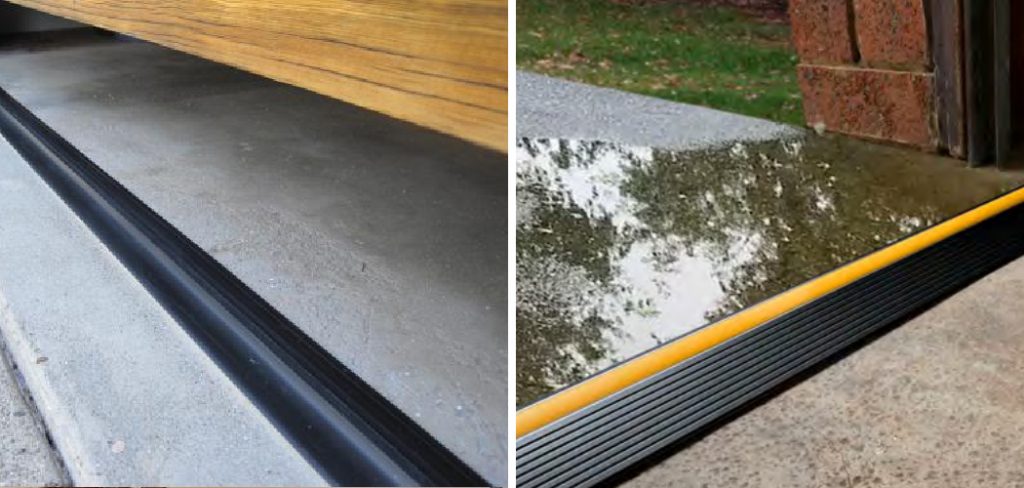
By understanding and implementing the steps outlined below, you can prevent moisture-related problems, protect your property, and enhance the comfort of your living space.
Why Does Water Come in Under Door?
Before we dive into the solutions, it’s essential to understand why water may be coming in under your door. Here are some of the common reasons for this issue:
Improper Installation or Aging of the Door:
If your door is not installed correctly, it may have gaps that allow water to seep through. Aging doors can also develop cracks and gaps, creating a pathway for water to enter.
Poor Drainage System:
If the area outside your door is not properly graded or has insufficient drainage, rainwater will pool near your home’s foundation. This excess water can then seep in through small openings under the door.
Heavy Rainfall or Flooding:
During heavy rainfall or flooding, water levels may rise to the point where it reaches the bottom of your door. In such cases, water can easily come in through any openings or gaps under the door.
Needed Tools and Materials
To fix the water seepage issue, you’ll need a few tools and materials:
- A Caulking Gun
- Silicone Caulk or Weatherstripping
- Door Sweep or Draft Stopper
- Damp-proofing Paint (If Needed)
8 Step-by-step Guidelines on How to Stop Water From Coming in Under Door
Step 1: Identify the Source of Water
The first step is to determine where the water is coming in from. Inspect the area under and around your door carefully for any signs of moisture or water intrusion. This will help you identify the source and extent of the problem.
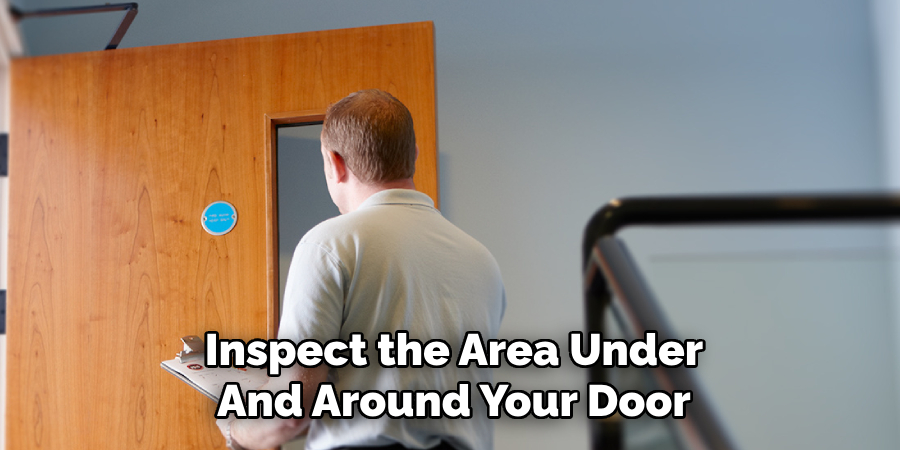
It’s also a good idea to check your home’s exterior, especially the drainage system, to see if there are any issues that need addressing.
Step 2: Clean and Dry the Area
Once you have identified the source of the water, the next step is to clean and dry the affected area thoroughly. Remove any dirt, debris, or old caulking from the door frame and the surrounding area to ensure a clean surface for the new sealant.
Use a clean cloth or rag to wipe down the area and make sure it is completely dry before proceeding to the next steps. This will help ensure that the caulk or weatherstripping adheres properly and creates a watertight seal to prevent future water intrusion.
Step 3: Apply Caulk or Weatherstripping
If the water is coming in through gaps between the door and the frame, you will need to seal them with caulk or weatherstripping. Using a caulking gun, apply a generous amount of silicone caulk on both sides of the door where it meets the frame. Smooth out any excess caulk with your finger and allow it to dry according to the manufacturer’s instructions.
Alternatively, you can use weatherstripping tape or foam strips to fill in any gaps. These are easy to install and provide an effective barrier against water intrusion.
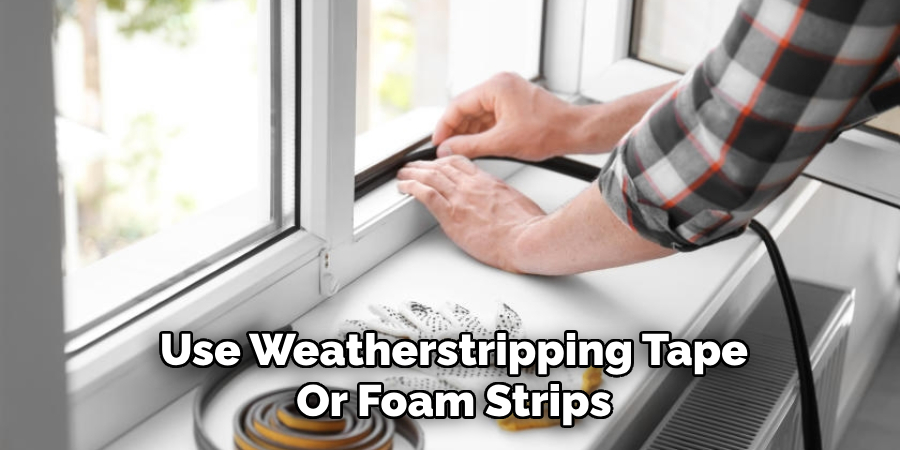
Step 4: Install a Door Sweep
Installing a door sweep at the bottom of your door is another effective way to stop water from coming in. This simple device attaches to the bottom of your door and creates a seal against the threshold, preventing water from seeping in under the door.
Choose a door sweep that fits snugly against your door and follow the manufacturer’s instructions for installation. You can also use a draft stopper or weatherproofing strip if you prefer.
Step 5: Consider Adding Damp-proofing Paint
If your door is located in an area that experiences frequent water intrusion, it may be beneficial to add a layer of damp-proofing paint. This type of paint creates a waterproof barrier and can help prevent moisture from seeping through the door.
Before applying the paint, make sure to clean and dry the surface thoroughly and follow the manufacturer’s instructions for application.
Step 6: Check for Proper Drainage
Proper drainage around your home is crucial to preventing water from accumulating near your door. Examine the area outside your door and ensure that the ground slopes away from your home’s foundation. This will help direct rainwater away from the door, minimizing the risk of water intrusion.
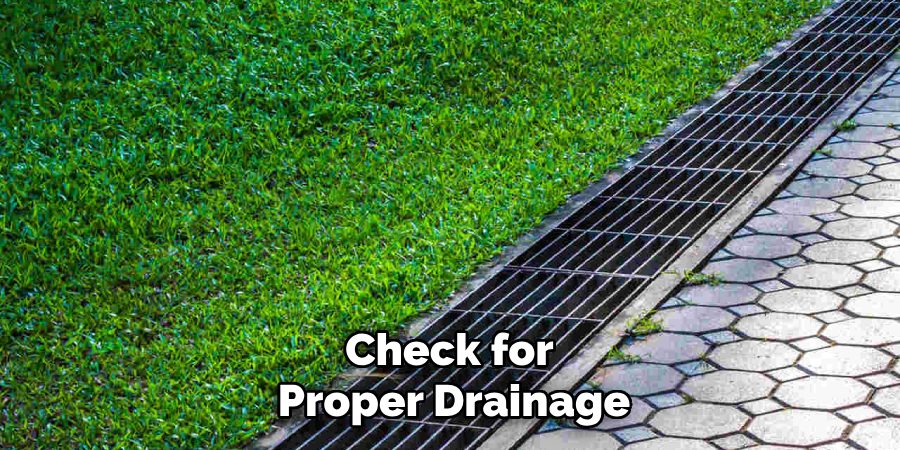
Additionally, check your gutters and downspouts to make sure they are not clogged and are functioning correctly. Clean out any debris and ensure that the downspouts are directing water at least five feet away from the foundation. Properly maintained drainage systems play a vital role in keeping water from pooling near your door and entering your home.
Step 7: Monitor and Maintain
Once you have addressed the issue of water intrusion under your door, it’s essential to monitor and maintain the area regularly. Check for any signs of water seepage or damage and address them promptly. Also, keep an eye on your home’s drainage system and make necessary repairs or maintenance as needed.
It’s also a good idea to inspect and reapply caulk or weatherstripping annually to ensure it is still providing an effective barrier against water intrusion.
Step 8: Seek Professional Help if Necessary
If you are unable to identify the source of the water intrusion or if the issue persists despite your efforts, it may be time to seek professional help. A contractor or waterproofing specialist can inspect your home and provide solutions tailored to your specific situation.
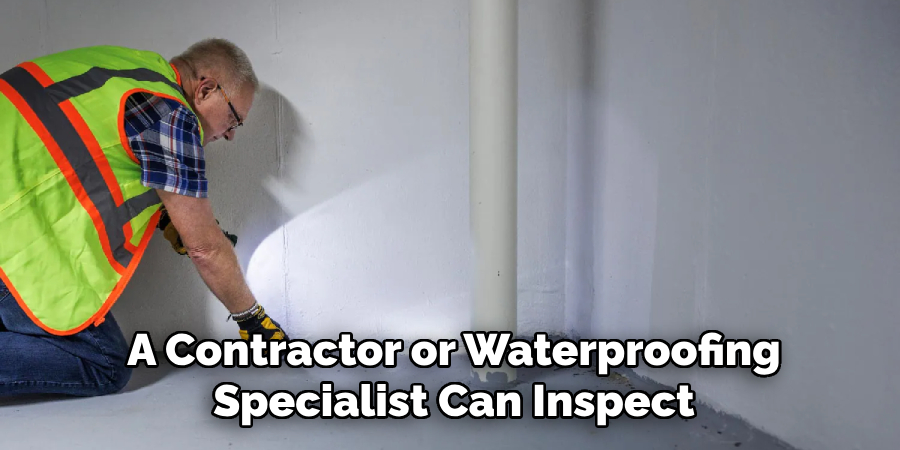
Following these steps on how to stop water from coming in under door can help you stop water from coming in under your door and prevent potential water damage to your home. Remember to address any issues promptly to avoid further damage and maintain a dry, comfortable living space.
Additional Tips for Preventing Water Seepage Under Your Door
- Regularly inspect the area around your door for any signs of water intrusion, including mold, mildew, or musty odors.
- Keep your gutters and downspouts clean and in good repair to prevent water from pooling near your home’s foundation.
- Consider adding a waterproof sealant or membrane around the bottom of your door for additional protection against water intrusion.
- If you have a basement or crawl space under your home, make sure it is properly ventilated and waterproofed to prevent excess moisture buildup.
In addition to these tips, it’s also essential to address any potential issues with your door itself. Check for any cracks or damage that may allow water to seep through and make necessary repairs. Also, ensure that your door is properly installed and aligned to create a tight seal against the frame. By taking proactive measures and addressing any problems promptly, you can keep water from seeping in under your door and maintain a dry and comfortable home.
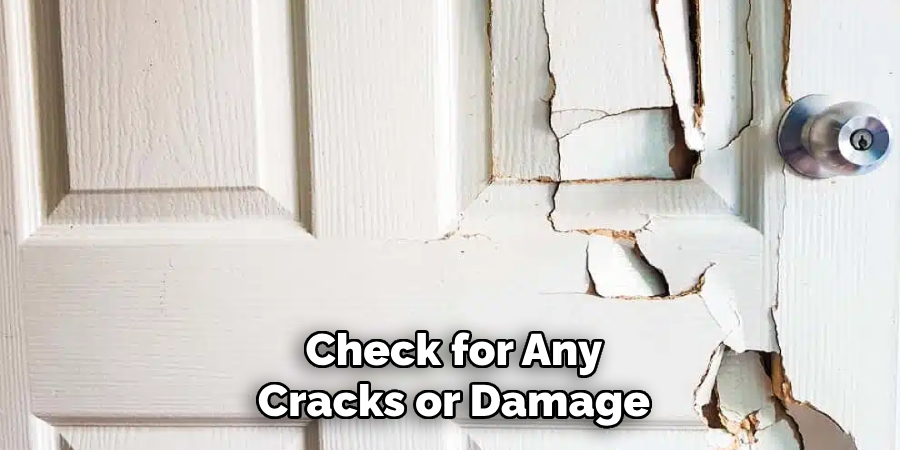
Regular Maintenance
Regular maintenance is crucial in keeping your home protected from water intrusion. To ensure your doors remain sealed and effective against water seepage, follow these maintenance tips:
- Inspect Caulk and Weatherstripping Annually:
Each year, perform a thorough inspection of the caulk and weatherstripping around your doors. Look for any cracks, gaps, or signs of wear. Reapply or replace materials as necessary to maintain a watertight seal.
- Clean Gutters and Downspouts:
Regularly clean your gutters and downspouts to prevent blockages. Ensure that water flows freely away from your home’s foundation. Perform this task at least twice a year, particularly in the spring and fall.
- Check Door Seals and Sweeps:
Ensure that door seals and sweeps are in good condition and functioning properly. Replace any worn or damaged seals and adjust door sweeps to ensure a snug fit at the bottom of the door.
- Examine Exterior Drainage:
Periodically check the exterior drainage around your home to ensure water is being directed away from doors and the foundation. Make adjustments to the grading of the soil if necessary to encourage water runoff.
- Look for Signs of Water Damage:
Regularly inspect the interior around your doors for any signs of water damage, such as mold, mildew, or discoloration. Early detection can prevent more significant damage and costly repairs.
- Test Sump Pumps and Drains:
If you have a sump pump or other drainage systems in your basement or crawl space, test them regularly to ensure they are working correctly. Clean or service these systems as needed to maintain their effectiveness.
By incorporating these routine maintenance tasks into your home care schedule, you can prevent water from seeping under your doors and protect your home from potential water damage. Consistent care and early intervention are key to keeping your living space dry and comfortable.
Frequently Asked Questions
Q: How Do I Know if Water is Coming in Under My Door?
A: Look for any signs of moisture, such as mold or mildew, near the base of your door. You may also notice musty odors or discoloration on the floor or walls near the door. These are all indications that water may be seeping in under your door.
Q: Can I Use Regular Caulk to Seal Gaps Around My Door?
A: It is best to use a silicone caulk specifically designed for outdoor use, as it is more durable and waterproof than regular caulk. However, if you only have regular caulk available, it can still provide temporary protection against water intrusion.
Q: How Often Should I Check and Maintain the Area Under My Door?
A: It’s a good idea to inspect and maintain the area under your door at least once a year. This will help catch any issues early on and ensure that your door is properly sealed against water intrusion. Additionally, if you notice any changes in the surrounding area or experience heavy rain, it’s best to check for potential water seepage under your door.
Conclusion
Water seepage under doors can lead to significant damage if not addressed promptly. By identifying the source of water, cleaning and drying the area, applying caulk or weatherstripping, and installing a door sweep, you can effectively prevent water from entering your home. Additionally, ensuring proper drainage and considering damp-proofing paint can provide an extra layer of protection.
Regular monitoring and maintenance are also crucial to sustaining the integrity of these measures. Should the problem persist, seeking professional help is a wise step to safeguard your property. Taking these proactive steps not only protects your home but also contributes to a safer and more comfortable living environment. Thanks for reading this article on how to stop water from coming in under door
About
Safety Fic is a distinguished figure in the world of Diy design, with a decade of expertise creating innovative and sustainable Diy solutions. His professional focus lies in merging traditional craftsmanship with modern manufacturing techniques, fostering designs that are both practical and environmentally conscious. As the author of diy, Safety Fic delves into the art and science of Safety Fic-making, inspiring artisans and industry professionals alike.
Education RMIT University
(Melbourne, Australia) Associate Degree in Design (Safety Fic) Focus on sustainable design, industry-driven projects, and practical craftsmanship. Gained hands-on experience with traditional and digital manufacturing tools, such as CAD and CNC software.
Nottingham Trent University
(United Kingdom) Bachelor’s in diyfastly.com and Product Design (Honors) Specialized in product design with a focus on blending creativity with production techniques. Participated in industry projects, working with companies like John Lewis and Vitsoe to gain real-world insights.
Publications and Impact
In diy, Safety Fic his insights on indoor design processes, materials, and strategies for efficient production. His writing bridges the gap between artisan knowledge and modern industry needs, making it a must-read for both budding designers and seasoned professionals.
